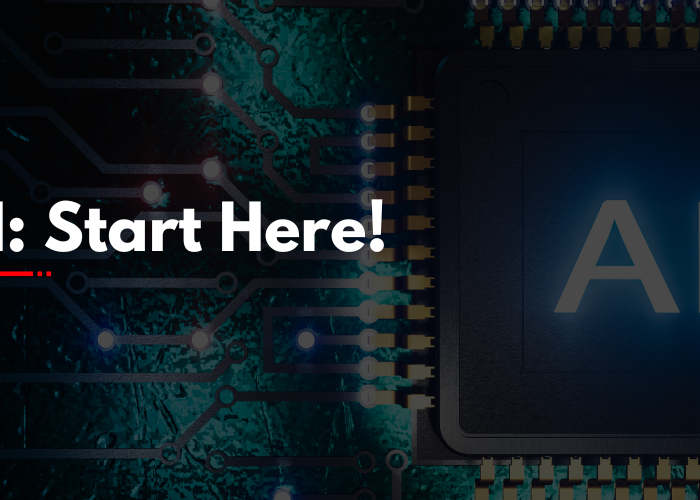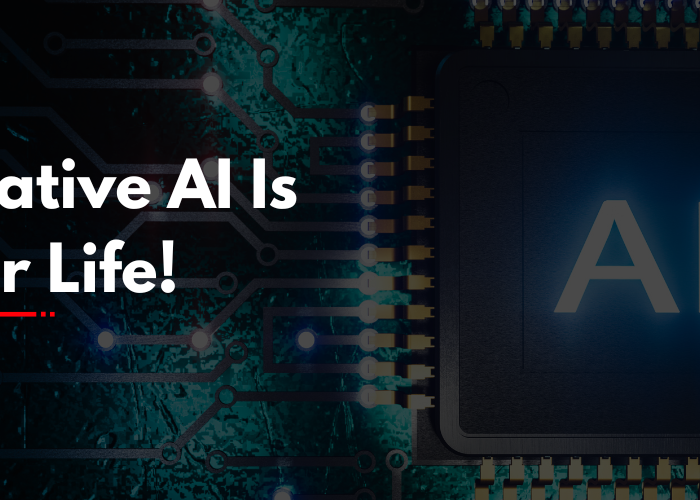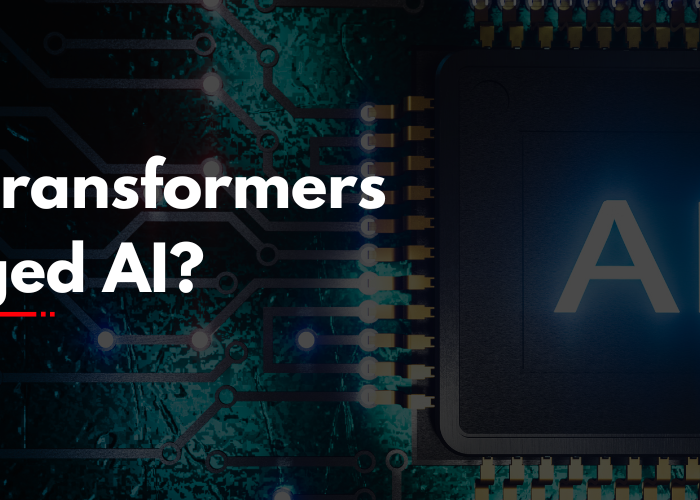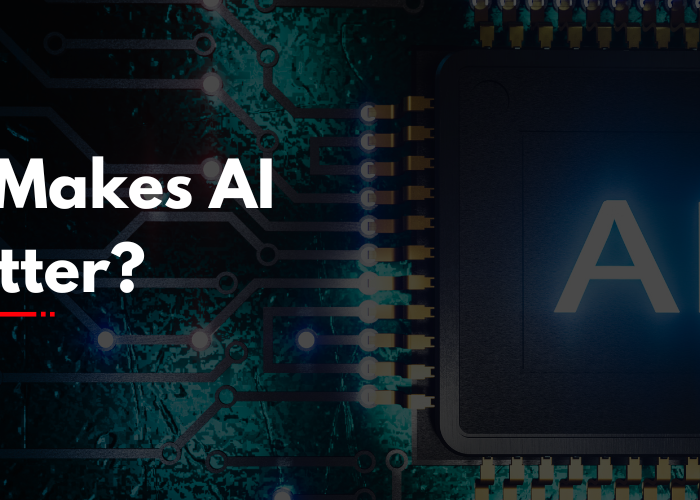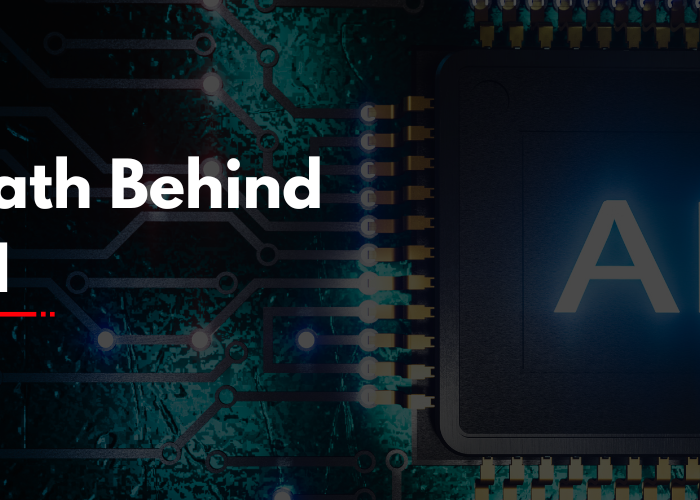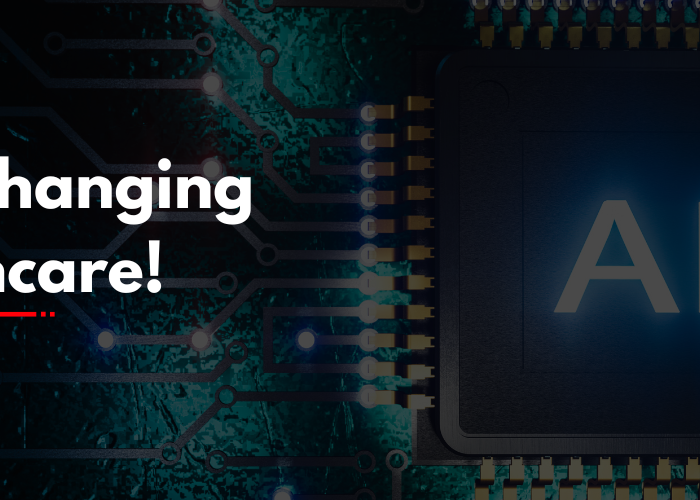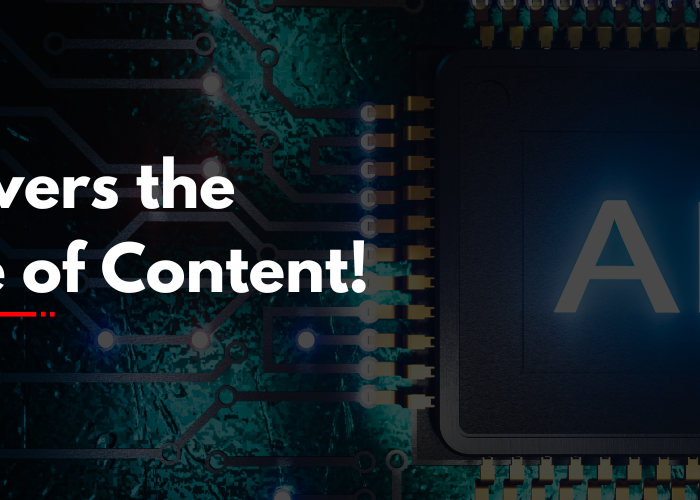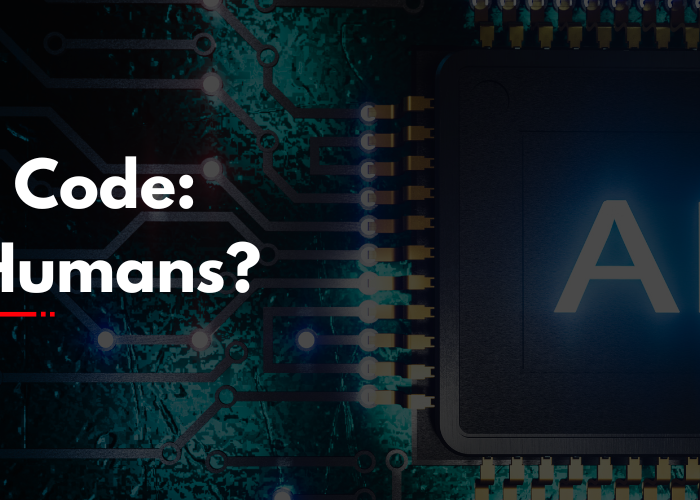Introduction
Generative AI has emerged as one of the most discussed breakthroughs in technology. From apps that paint pictures from your words to chatbots that compose stories, it’s obvious this space has evolved a lot. But how did it reach here?
This blog ventures into the path of generative AI from the initial times when we had the likes of GANs (Generative Adversarial Networks) to more capable and capable tools in existence today, such as GPT-4. We’ll check out what’s behind the science of this tech, its practical applications, and how you too can implement it without a technological background.
Key Components of Generative AI
At its heart, generative AI is all about making something new. Whether it’s writing, drawing, creating music, or even making clothes, generative AI models learn from a huge collection of examples and then apply that learning to create new, original material.
To get that to work, these systems require a few essential ingredients. For starters, they require data plenty of it. Think books, images, music, or web pages. That’s what the AI “learns” so it can make sense of how things are normally written, painted, or laid out.
Then there’s the training phase, where the AI picks up patterns from data. It is like the way we pick up things from reading or seeing. With time, the AI gets more and more accurate in predicting what is next—either the next word in a sentence or the next stroke in a painting.
Types of Generative AI
Generative AI has assumed countless shapes in the past decades. Initial generations, such as GANs, were arguably most famous for producing realistic photos. Simply put, GANs operated through two systems: one attempted to produce imitation content, and one attempted to identify the imitation. While they raced each other, both improved and the output improved too.
More recently, the interest turned to language. This resulted in models such as GPT-2, GPT-3, and now GPT-4, capable of producing text that is nearly indistinguishable from being written by humans. These models don’t merely ape writing—they understand tone, context, and even humour.
In addition to images and text, other types of tools exist that produce music, video, voice, and even code. Some artificial intelligence technologies are now able to transform a few words into a full song or rough drawings into elaborate paintings.
Key Benefits and Challenges
One of the most significant advantages of generative AI is that it makes people work faster and easier. A writer struggling with a blank page can utilize it to think of ideas. A designer can develop mock-ups without beginning from zero. It’s wonderful for automating repetitive tasks writing reports, summarizing documents, or producing product descriptions.
But this technology is not flawless. Because it learns from the content that already exists, it can inadvertently reproduce the same errors, biases, or misinformation in its training data. That means it may sometimes generate content that’s inaccurate or problematic.
Another concern is determining the ownership of AI-created material. If a machine composes a poem, does it go to the person who asked it to write it, to the group who trained it, or to nobody? These are issues that are still under discussion.
Real-Time Application
Generative AI is already integrated into our everyday lives, even though we may not always notice it. If you’ve ever talked to a customer service robot, used AI filters in a photo app, or read auto-generated news headlines, you’ve seen it in action.
In the corporate world, teams leverage generative AI to compose emails, process data, and design marketing campaigns. It is being utilized by teachers and students alike to generate study materials or make tricky subjects more understandable. Artists and musicians are leveraging AI to experiment with new artistic avenues. And coders are leveraging it to compose and debug code more effectively.
How It Works (Without the Jargon)
Suppose you’re instructing someone on how to write a short story. You provide them with hundreds of stories to read so they know how a good story works how characters are introduced, how plots turn, and how stories conclude. After reading sufficiently, they attempt to write their own story based on everything they’ve learned.
Generative AI does the same thing. It reads vast quantities of information millions of books, articles, or images and searches for patterns. It doesn’t memorize each instance, but it recognizes how things tend to work. Then, when you provide it with a prompt (such as “write a love letter” or “paint a cat surfing”), it applies what it has learned to produce something new in the moment.
Current models such as GPT-4 are particularly adept at this since they’ve read more and trained more than previous models. They’re more adept at staying on point, picking up on nuances in tone, and delivering results that sound natural.
Getting Started with Generative AI
You don’t have to be a technical wizard to begin using generative AI. In fact, most tools are made to be as simple as searching on a search bar.
If you’d like to test out text, test out options like ChatGPT. You can have it generate stories, summarize class notes, or even help you compose emails. For images, options like DALL·E or Canva’s AI capabilities allow you to design visuals simply by telling them what you want them to look like.
Feeling artistic? There are AI tools that assist you in writing music or creating voiceovers as well. Most of these tools are free or have starter versions.
Begin small perhaps by asking an AI to create a poem or an image for your social media. The more you experiment, the more comfortable you will become.
Conclusion
Generative AI has progressed by leaps and bounds, from being mere picture makers to being advanced machines that can write, paint, and even think with astonishing ability. Beginning with rudimentary models such as GANs, it has developed into sophisticated machines such as GPT-4, which are redefining the nature of work, creativity, and communication.
But as powerful as this technology is, it’s still only a tool—one that flourishes when used in conjunction with human imagination, curiosity, and judgment. Whether you’re an artist, student, entrepreneur, or simply someone who’s interested in new tech, there’s never been a greater time to discover what generative AI is capable of.


